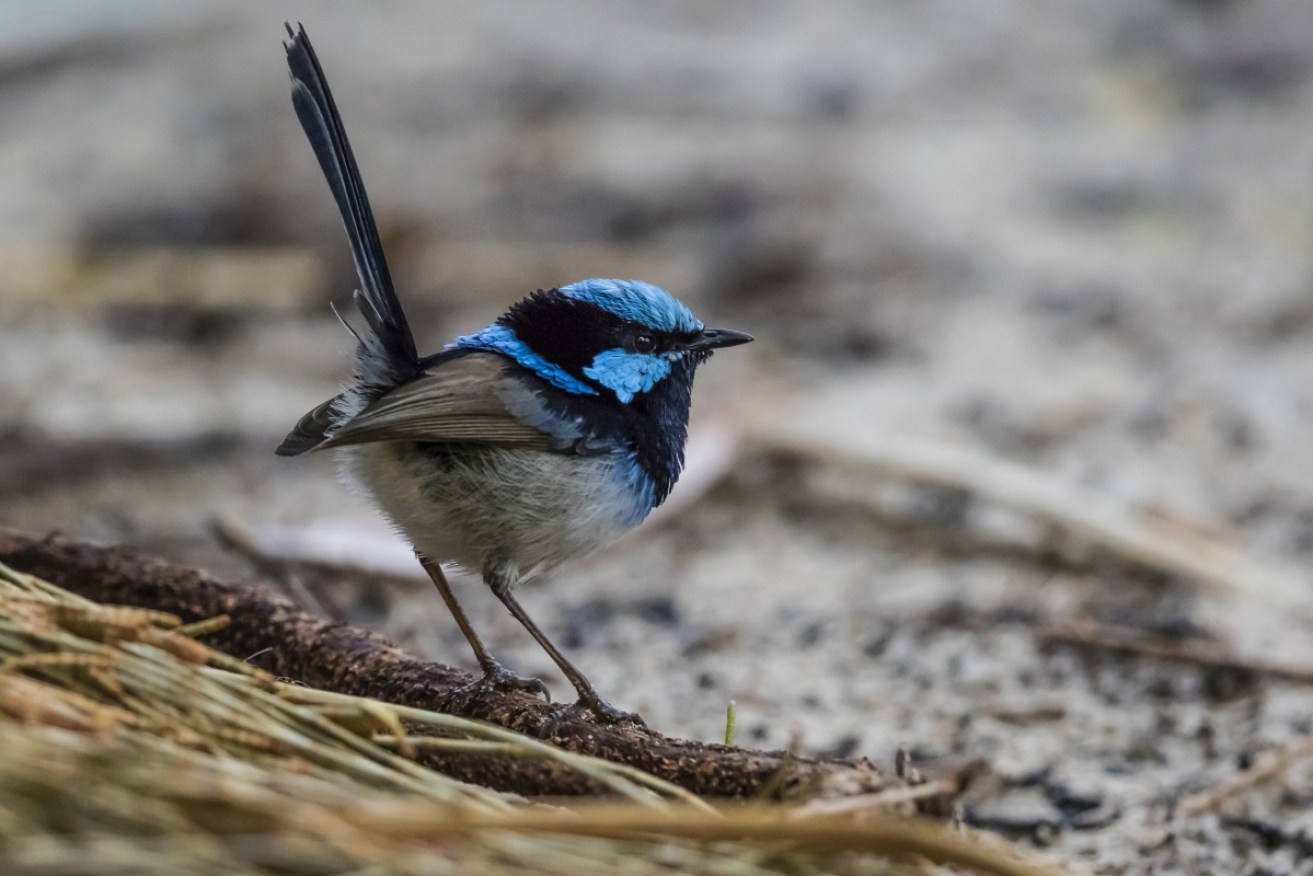Some wild animals may evolve faster: Study

Superb fairywren were among 19 species whose evolution was investigated in the new study. Photo: Getty
Some wild animals could be capable of evolving four times faster than previously thought, an Australian-led scientific study has found.
Darwinian evolution is the process by which natural selection results in genetic changes that favour the survival and reproduction of species.
The rate of evolution depends on genetic differences between individuals.
How much of this fuel for evolution was present in wild animal populations was not clear until a recent Australian National University-led study found there are two-to-four times more genetic differences in some wild animals than previously believed.
The findings could have implications for predictions of species’ adaptability to environmental and climate change.
However, evolutionary biologist Timothee Bonnet warns there is no guarantee animal populations will be capable of evolving at the same speed as global warming.
“What we can say is that evolution is a much more significant driver than we previously thought in the adaptability of populations to current environmental changes,” he said.
Scientists also warn it is too early to tell whether the overall rate of species evolution is increasing because there is no baseline measurement to compare the recent findings to.
“We just know that the recent potential, the amount of fuel, has been higher than expected, but not necessarily higher than before,” Dr Bonnet said.
One example of speedy evolution is the peppered moth in the UK, which was predominantly white before the industrial revolution began in the latter half of the 18th century.
The population changed colour as pollution from industry blackened trees and buildings, giving dark-coloured moths a higher level of camouflage, Dr Bonnet said.
“Because moth colour determined survival probability and was due to genetic differences, the populations in England quickly became dominated by black moths,” he said.
The ANU-led research is the first large-scale study of evolutionary speed.
A team of 40 researchers from 27 scientific institutions used 19 wild animal population studies to collect their data.
These included the superb fairywren in Australia, spotted hyenas in Tanzania, song sparrows in Canada and red deer in Scotland.
“We needed to know when each individual was born, who they mated with, how many offspring they had, and when they died,” Dr Bonnet said.
Each study ran for about 30 years, providing the team with 2.6 million hours of field data, which allowed it to calculate how much species change was due to genetic changes caused by natural selection.
“The method gave us a way to measure the potential speed of current evolution in response to natural selection across all traits in a population,” Dr Bonnet said.
The research was published in the journal Science.
– AAP








